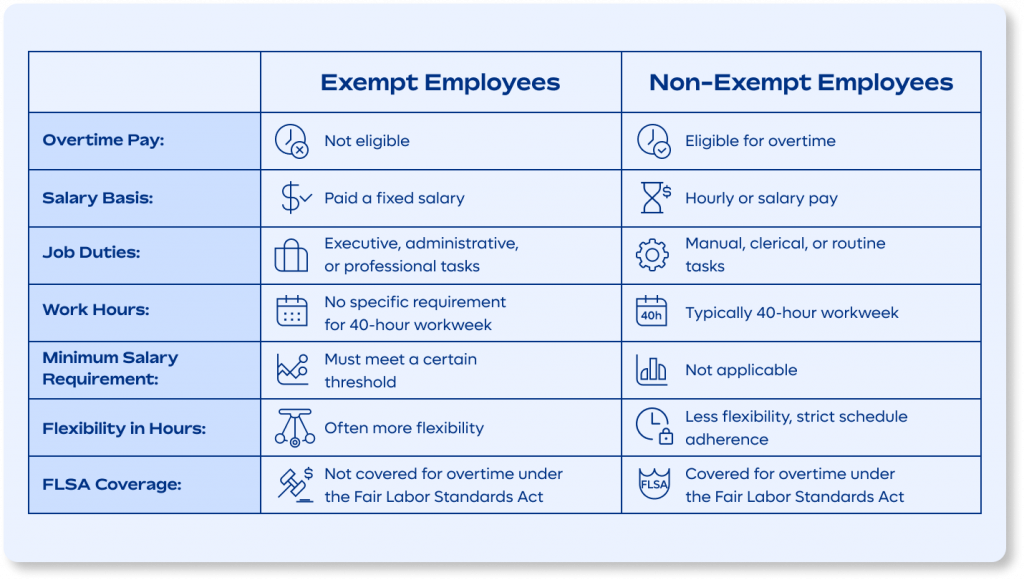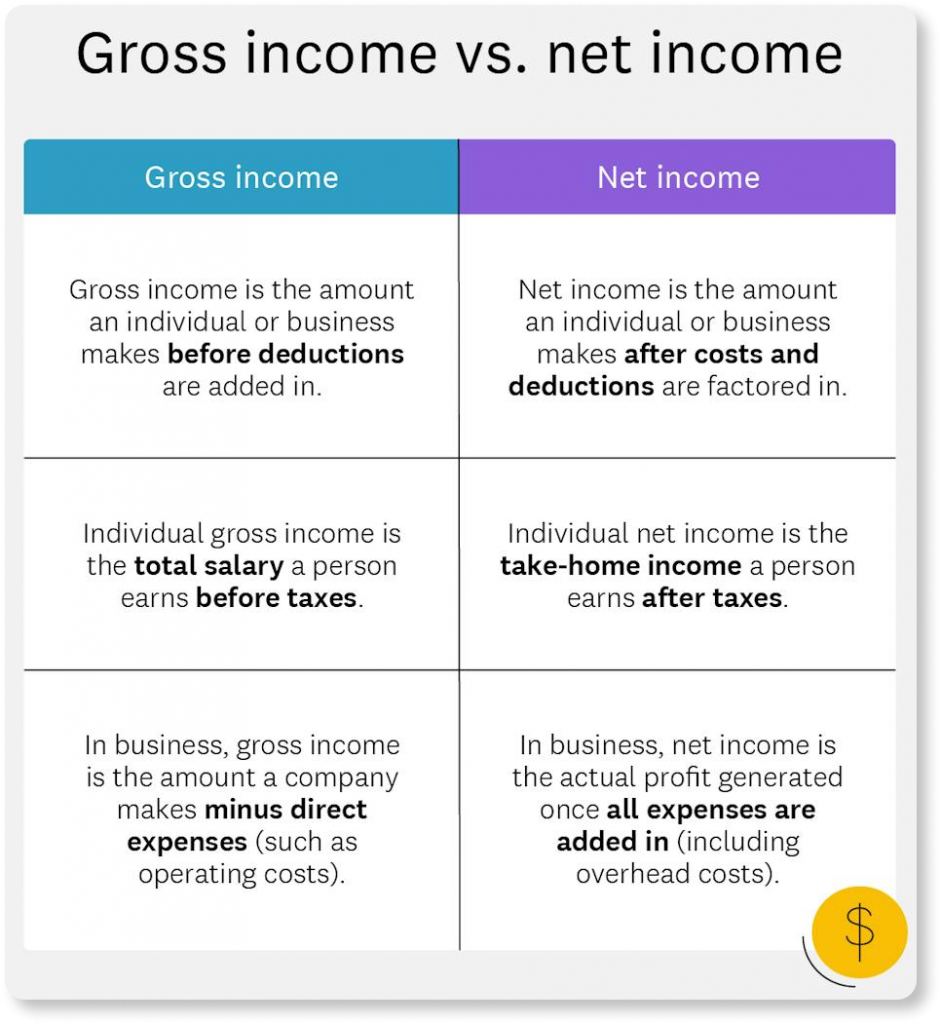Base salary
Whether you’re an employer or an employee, it’s critical to know all components of the compensation package and calculate how much you or your workers will earn when agreeing to a job or negotiating a raise. And here’s where the understanding of base salary can help.
Base salary meaning
A base salary, or base pay, is the fixed compensation an employee receives, typically expressed hourly, monthly, or yearly. If a job pays $20 hourly, the yearly base salary is about $41,600 before deductions. This doesn’t include bonuses, overtime, or benefits, which can supplement an employee’s total compensation.
If you apply for a job, the base salary is the sum of money that an employer offers you for specific tasks. Your job description can also include extra details about other financial components of your cost to company if you accept the offer. However, the base pay you are proposed remains consistent.
It’s most commonly expressed as an hourly rate, base monthly income, or annual base salary.
Who receives base salary?
Now that we’re done with the base salary definition let’s consider who receives it. Basic salary is paid to exempt or professional employees who are expected to work for a set number of hours per week (usually 35-40). Such workers usually are not required to track the number of hours they spent on work. And if they work overtime, salaried employees don’t get paid for it.

Surely, it can differ depending on the employer. Some employees from the public sector, often union-represented ones, are expected to keep a record of compensatory time off, which is not the standard in private companies. Compensatory time for base-salaried workers is, as a rule, the result of the union workplace.

Is base pay gross or net?
Base pay and gross pay may seem to describe the same or similar things. But there’s a significant difference between the two. Gross income represents wages received, which includes the employee’s base salary and additional earnings and financial bonuses. Meanwhile, net income is the amount left over taxes and health insurance.
What is base income and isn’t it the same as annual pay?
Again, even though these two concepts sound similar, they are different. As mentioned earlier, base income doesn’t take into account any extra compensation, such as health insurance, commissions, bonuses, stock options, etc. In contrast to it, annual pay includes additional earnings (e.g., overtime and awards) over the year.
What employers look at to determine the base salary range?
The salary range is set by companies to pay their employees for a specific job. It usually includes the smallest pay rate, the highest pay rate, and a number of mid-range options for salary raises.
The base salary can be defined by several determinants:
- Average market wage rates for employees that do similar work in the same spheres in the same geographical region.
- Basic salary limits established in the company.
- Level of education, skill, experience, and knowledge required to perform the job. The salary range for executive-level positions is commonly the highest. The pay range for lower-level jobs is usually the narrowest. There is more adjustability regarding senior positions because their choices influence the bottom-line.
- The number of people offering their service to accomplish similar tasks in the business’s work area.
- Competition for specialists with the demanded skills and experience.
- Availability of job positions.
Base salary rates also depend on the average market pay outside of the company’s geographic area. The reason for this is that the desired skills become more difficult to find, and businesses increase base salary rates to hunt the talent they need and gain competitive advantage.
In the end, businesses want to create salary ranges that motivate their staff to contribute. They also want to attract and retain the best employees.

How to keep base salaries competitive
A reliable source of information about the base salary in the US is the Bureau of Labor Statistics (BLS). Its website gives the employer salary research data for many different professions in multiple industries, as well as for people who work in various geographic areas.
More information on base salary is accessible to businesses through the SHRM Compensation Data Center. Many organizations participate in market surveys of salary ranges to form a reliable source for salary analysis. Nowadays, wage studies are happening online with the help of salary calculators and comprehensive info sources obtainable from such websites as PayScale.
These info resources give an employer an opportunity to see the base salaries range that specific positions are paid. Besides, it allows applicants to see identical information. An advantage that businesses had in the past doesn’t give them superiority in the negotiations regarding base salary anymore.
Wrapping it up
To retain excellent talent, most companies use all means to guarantee that base salaries they pay are reasonable and fair. We hope this information will help you manage payment and salary issues in your company in a way that increases staff motivation and builds rapport.

















